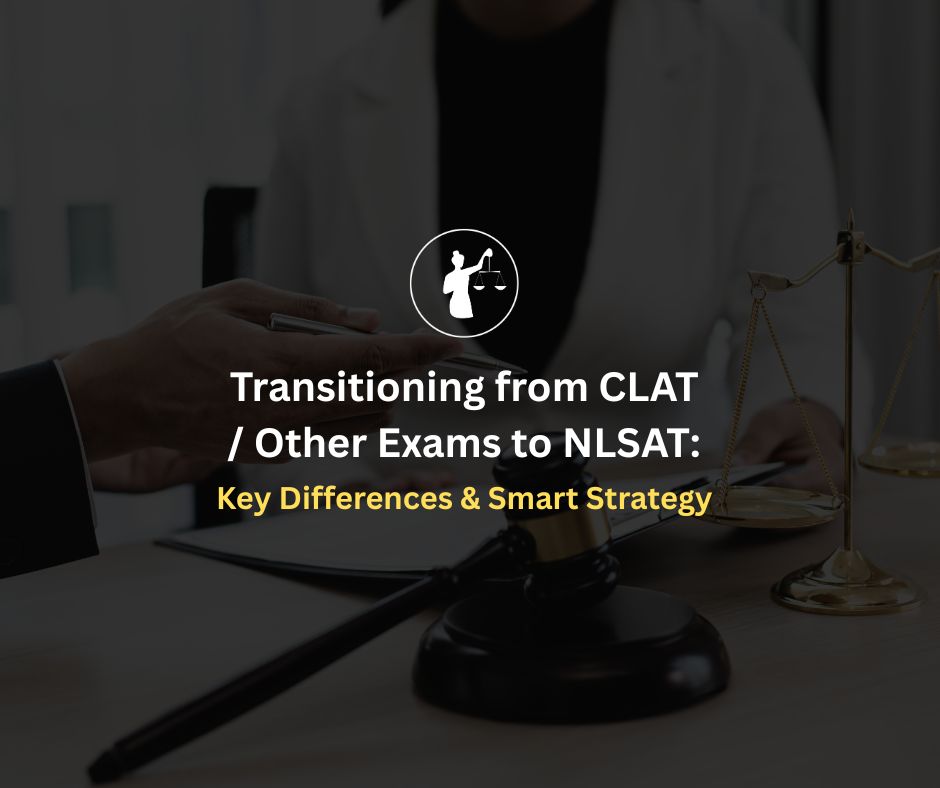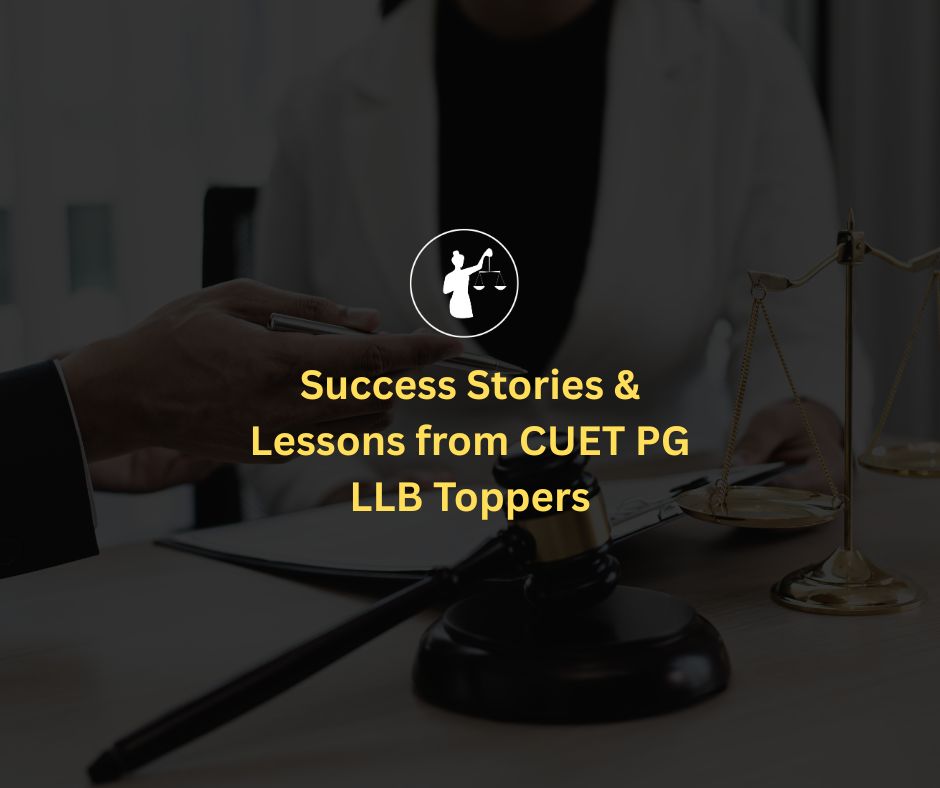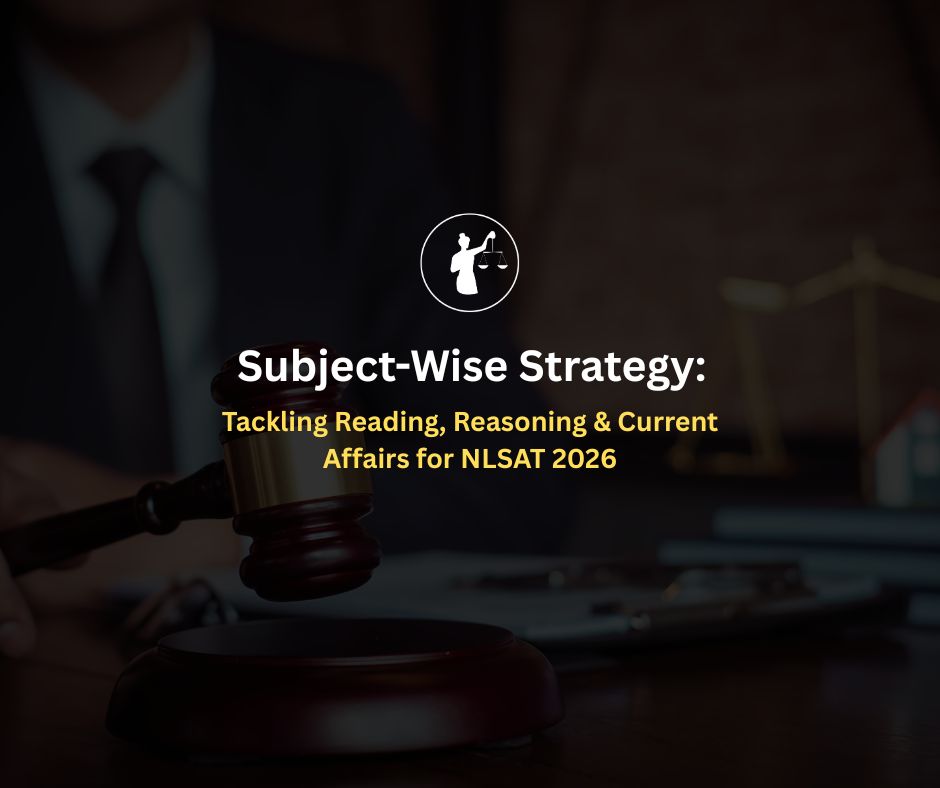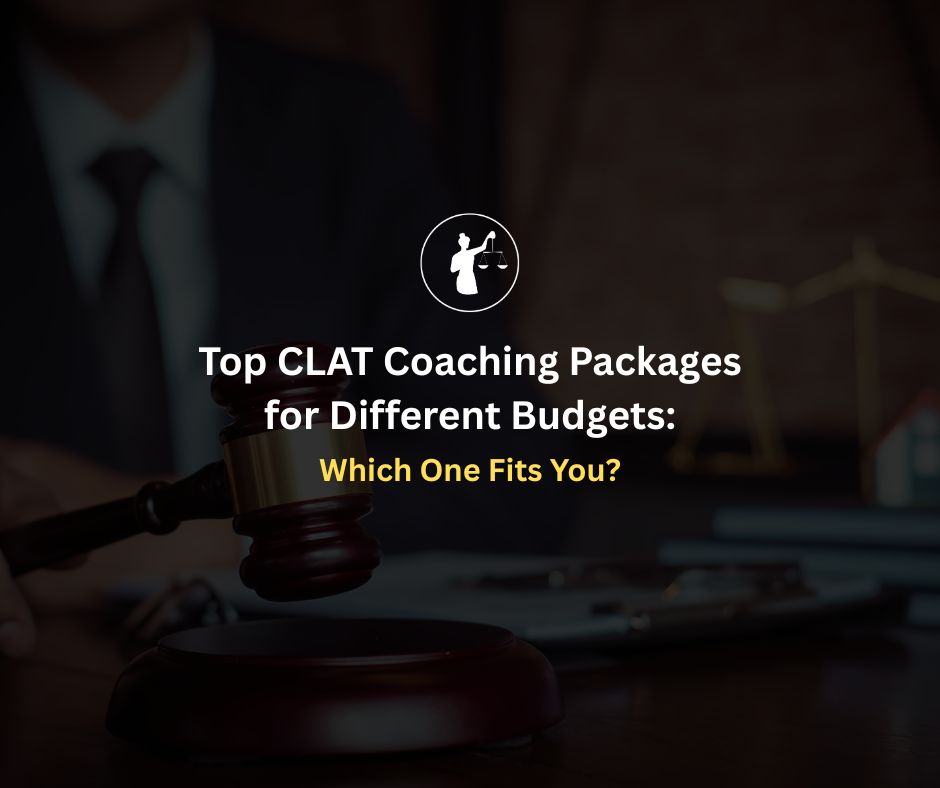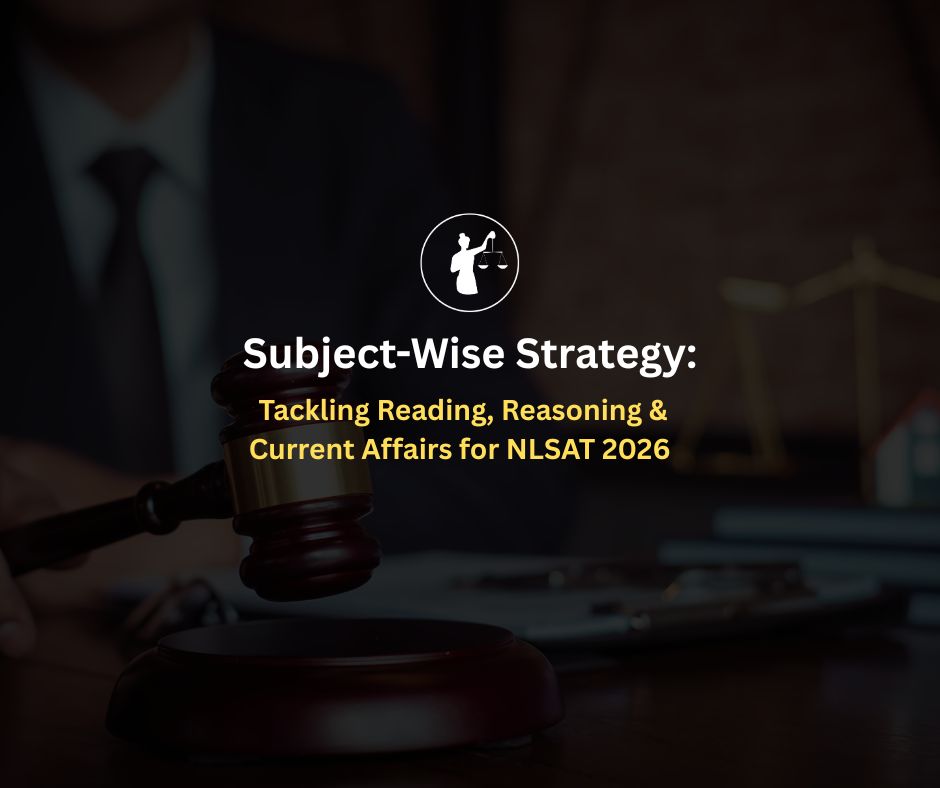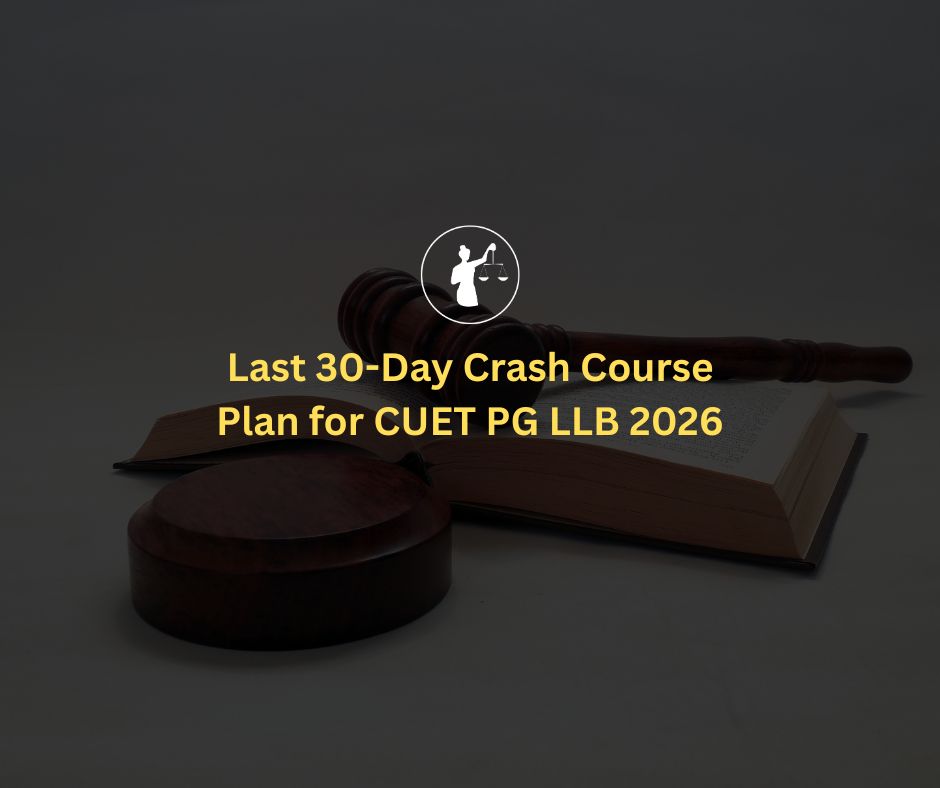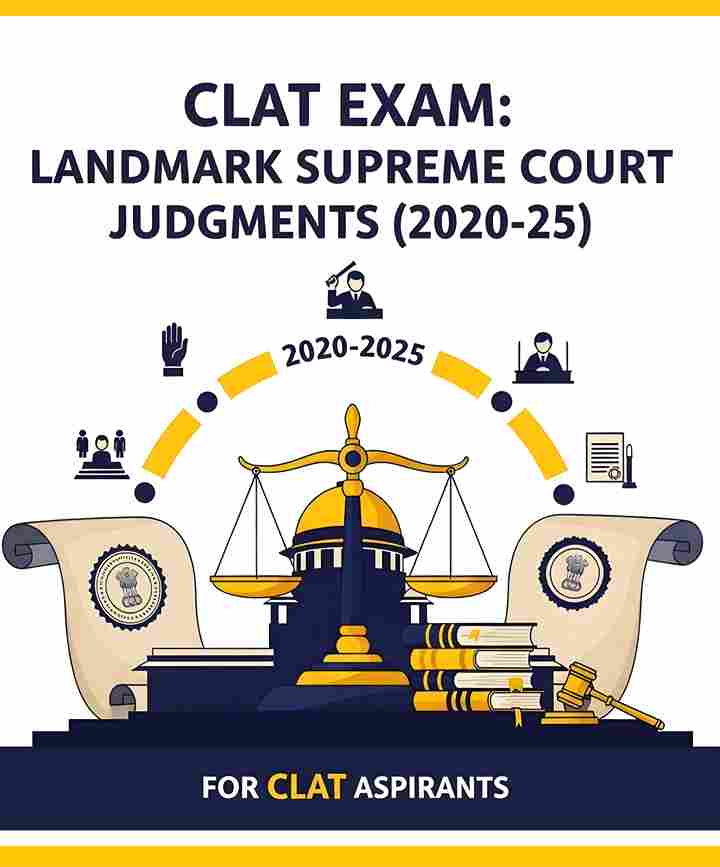
Summary
Recent Supreme Court rulings are reshaping how CLAT tests Legal GK and reasoning. The Consortium now focuses on constitutional shifts, rights-based interpretations, and governance issues, making precision and principle-based understanding more important than rote memory. For CLAT 2026, mastering this approach will be the key to staying ahead.
Success in CLAT is no longer about memorising long lists of case names. The Consortium has shifted towards testing how well aspirants understand the reasoning and principles behind recent Supreme Court decisions. A single passage in Legal Reasoning or a one-line GK fact in Current Affairs can decide hundreds of ranks.
Between 2020 and 2025, the Supreme Court of India delivered several judgments that reshaped constitutional interpretation, reservation policies, reproductive rights, and state-centre relations. For CLAT 2026 aspirants, these aren’t optional extras; they are the backbone of Legal GK and inference-based reasoning.
Here are eight landmark cases from 2020–25 every serious aspirant must know, with their facts, holdings, and exam relevance.
Best CLAT Online Coaching 2026 – 2027 by NLTI
Issue: Could States create sub-quotas within Scheduled Castes or Scheduled Tribes?
Holding: A 7-judge bench held that States can sub-classify SCs/STs to ensure benefits reach the most disadvantaged sub-groups. It overturned the earlier E.V. Chinnaiah ruling, which had barred such sub-classification.
Why it matters for CLAT: Reservation jurisprudence is a favourite exam area. This case shows how equality under Articles 15 and 16 is interpreted dynamically. Expect GK questions on “quota within quota” or reasoning passages on fairness in distribution.
Issue: Constitutionality of the 103rd Constitutional Amendment that introduced 10% reservation for Economically Weaker Sections (EWS).
Holding: The Court upheld the amendment. The majority said economic criteria is valid, and excluding SC/ST/OBCs from EWS quota does not violate basic structure.
Why it matters for CLAT: This case defines the limits of the basic structure doctrine and the scope of reservation. Expect direct MCQs linking the 103rd Amendment and this case.
Issue: Could unmarried women seek abortion up to 24 weeks under the MTP Act’s Rule 3B, which referred to married women whose marital status had changed?
Holding: The SC ruled that excluding unmarried women was discriminatory. The right to reproductive choice is protected under Articles 14 and 21. The law must be read purposefully.
Why it matters for CLAT: Reproductive rights, equality, and bodily autonomy are highly testable. A Legal Reasoning passage could easily present a principle derived from this case.
Read More : CLAT 2026 Difficulty Prediction: Key Insights from CLAT 2025 Paper
Issue: Whether the Lt. Governor of Delhi can independently nominate aldermen to the Municipal Corporation of Delhi under the DMC Act, or must act on the aid and advice of the elected Delhi government.
Holding: The Court upheld the LG’s independent power, citing the statute. It clarified the delicate balance under Article 239AA.
Why it matters for CLAT: Federal disputes and governance questions are exam staples. This case sharpens understanding of Union–State dynamics and Delhi’s special constitutional status.
Issue: Can maternity leave be denied because a woman had earlier availed childcare leave for stepchildren?
Holding: SC ruled denial was discriminatory. It broadened the definition of “family” to include atypical family structures.
Why it matters for CLAT: Tests equality under Article 14, statutory interpretation, and evolving definitions of family. Potential GK and reasoning overlap.
Issue: Do LGBTQ+ individuals have a constitutional right to marry and adopt?
Holding: The Court held that the right to marry is statutory, not a fundamental right. Parliament must decide recognition of same-sex marriages. But it reaffirmed dignity and equality principles.
Why it matters for CLAT: This case ties directly into Articles 14, 15, and 21. It’s contemporary, widely reported, and highly likely to appear in CLAT Current Affairs or reasoning sets.
Read More : CLAT 2026 vs AILET 2026: Which Law Entrance Exam is Better for You
Issue: Appointment of ad hoc judges in High Courts under Article 224A.
Holding: The SC limited ad hoc appointments to situations where vacancies exceed 20% of sanctioned strength, and capped ad hoc judges at 10% of overall strength.
Why it matters for CLAT: Tests knowledge of constitutional provisions on judiciary and separation of powers. CLAT often includes questions on the structure and functioning of courts.
Issue: Can a Governor indefinitely delay or block bills passed by a state legislature?
Holding: The Court said Governors have no “pocket veto.” They must act within reasonable time under Articles 200 and 201.
Why it matters for CLAT: Federalism and legislative procedure are tested frequently. This ruling ensures aspirants understand checks and balances in state governance.
1. Reservation is being redefined, from economic criteria (EWS) to sub-classification within SC/STs.
2. Rights are expanding, reproductive rights, dignity of LGBTQ+ community, and atypical families show a trend towards inclusive interpretation.
3. Governance checks matter, Delhi LG case and Governor of Tamil Nadu case highlight the SC’s role in clarifying powers of constitutional authorities.
4. Judicial structure and backlog, the Lok Prahari case shows concern about how courts function and maintain balance between permanent and ad hoc appointments.
Use the “I-H-H” method: Issue – Holding – How it matters. Summarise each case in three lines.
Track articles involved: E.g. Davinder Singh → Articles 15 & 16; X v. Delhi Govt → Articles 14 & 21.
Anticipate question formats: CLAT UG often frames GK as “Which case upheld…?” or Legal Reasoning passages where you must apply a principle from one of these judgments.
Revise monthly: Maintain a short “legal GK diary” with judgment names and key points.
Read More : How to Analyze Your CLAT 2026 Mocks Like a Topper : Expert Strategy
At NLTI, we don’t just list judgments, we decode them into actionable insight for aspirants. CLAT 2025 proved that the Consortium now leans heavily on recent constitutional and rights-based judgments, and our team ensures you’re never caught off guard.
Mentorship:
Every aspirant gets access to NLU mentors who break down judgments into simple principles and show how they’ve been tested in past CLAT papers. This personal guidance makes the difference between just knowing a case and using it in a question.
Mocks:
Our mock tests don’t just replicate difficulty — they are designed with subtle traps, compressed scorebands, and passages built directly from cases like Davinder Singh, EWS reservation, or Supriyo v. Union of India. That way, you’re practising with exactly the kind of reasoning the Consortium is testing.
Active Telegram Updates:
Legal GK changes daily, and judgments come almost every week. Our Telegram channel delivers concise updates, Supreme Court verdicts, and context notes so you’re never left scrambling before mocks or the main exam.
That is the NLTI difference:
we prepare students not for yesterday’s questions, but for the next turn in the Consortium’s thinking.
CLAT 2026 will reward aspirants who can connect judgments to principles, not just memorise names. With NLTI mentorship, mocks, and daily updates, you’ll not only know the cases, you'll know how to apply them when it matters most.
1. Do I need to remember the year of every judgment for CLAT UG?
Not always. The focus is on the principle and article involved, but knowing the year helps in Current Affairs style questions.
2. Will CLAT ask direct questions on judgments or use them in passages?
Both. Recent years show a mix, one-liner GK questions and full Legal Reasoning passages based on principles from judgments.
3. Should I memorise judges’ names for landmark cases?
Rarely. CLAT UG doesn’t usually test judge names, but you should know the bench strength for big constitutional cases.
4. How do I prioritise which judgments to study first?
Start with those involving constitutional articles (14, 15, 16, 19, 21, 239AA, 200/201), they are most exam-relevant.
5. Are High Court judgments also important for CLAT UG?
Mostly no. Focus on Supreme Court rulings unless a High Court case created national debate and was widely reported.
6. How far back should I go beyond 2020?
CLAT prefers recent (last 2–3 years) judgments, but you should also know evergreen classics like Kesavananda Bharati or Indra Sawhney for context.
7. What’s the best way to revise judgments close to the exam?
Keep a flashcard-style list with Issue → Holding → Article. Revise weekly, and daily in the last month.
8. Can judgments appear in Current Affairs as well as Legal Reasoning?
Yes. The same case may appear in GK as a fact and in LR as a passage, that’s why understanding the reasoning is crucial.
9. How do I avoid confusion between similar reservation judgments?
Focus on the amendment number, article involved, and final outcome. This prevents mixing up cases.
10. Do I need to read full judgments?
No. A well-prepared summary with facts, issue, holding, and exam relevance is enough for CLAT UG.
